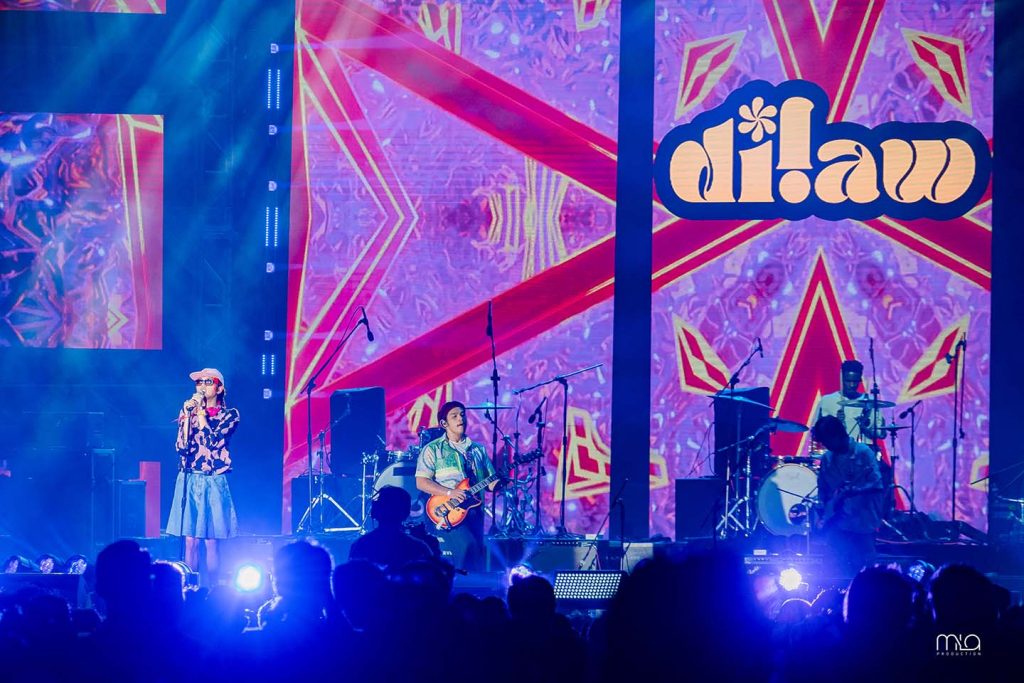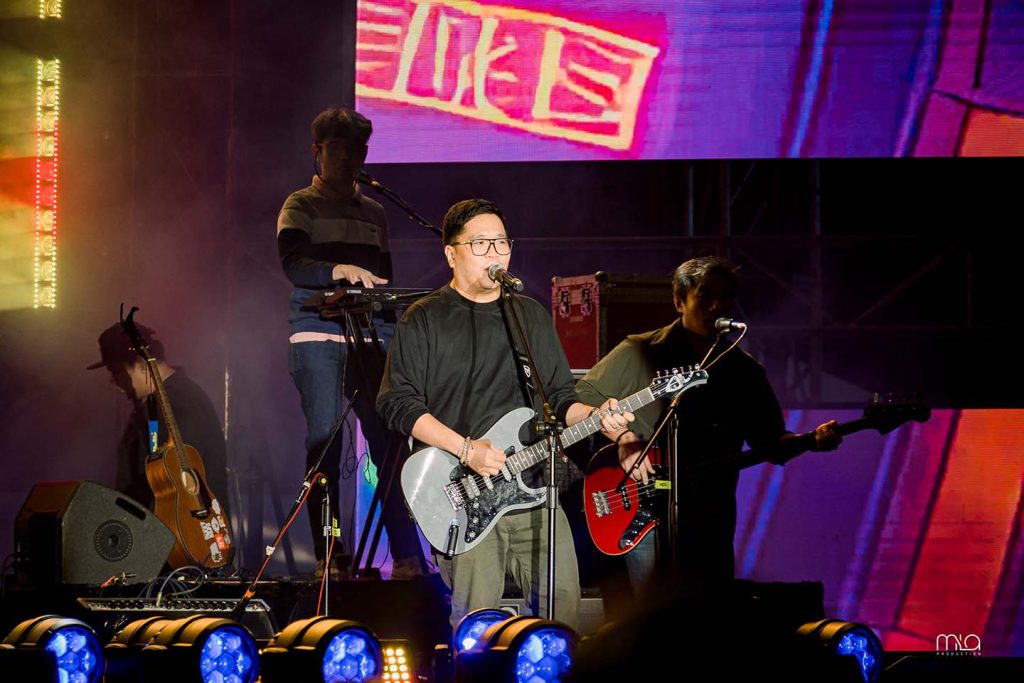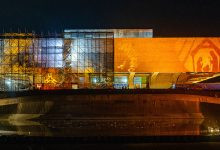MANILA. PHILIPPINES — G Music Fest was a definite success as it showcased the remarkable talents of local homegrown artists – both established and up-and-coming – for a night of fun and music. In its fourth year, G Music Fest left a remarkable impact as a “Music and Creator Festival,” as underscored by an impressive turnout of over 11,000 attendees, culminating in a night of performances from OPM talents on September 16, at the Circuit Grounds in Makati.
Attendees from all generations had their fill of original Pinoy music from seasoned and rising artists such as Urbandub, The Itchyworms, Mayonnaise, Syd Hartha, December Avenue, Lola Amour, Dilaw, PLAYERTWO, Paul Pablo, Sugarcane, Ace Banzuelo, Joem, Nobita, Munimuni, I Belong To The Zoo, BINI, and Drag Race PH Season 2 Queens.







Moreover, since the festival also celebrated creativity and creation, the event featured the Creator Hub, which encouraged self-expression, learning, and creativity through various art and community-building activities, such as live murals and painting with Drip Splash and Paint It Fun. Another major highlight of the night was showcasing the musical talent of Fritzy, a 12-year-old girl who is a local sensation in Quezon for her drumming skills. She also garners attention on TikTok.
Much to her delight, Fritzy, a loyal Globe customer, traveled from the province to join the #GMusicFest. Backstage, she high-fived her musical idols and, to her sheer delight, joined December Avenue on stage to perform alongside them, showcasing her incredible drumming skills.
Overwhelmed by the experience, Fritzy exclaimed, “Being on stage with December Avenue was a dream come true! I’ve always looked up to them, and tonight, it felt like magic. Thank you, Globe! I can’t believe I got to share the stage with my musical heroes. This is one of the best nights of my life!”
December Avenue’s lead vocalist, Zel Bautista, shared his thoughts on the wonderful experience, saying, “Music has the incredible power to connect us all. Me and December Avenue had the privilege to share the stage with a young fan, Fritzy, letting her play the drums during our performance at Globe G MUSIC Fest. To see the joy, excitement and her passion, It reminded me of why I do what I do. Every artist starts as a fan, with a dream. I am deeply humbled to have played a small part in her musical journey. When talking about passion, always remember why you started in the first place. Be patient.”
As if the music and talent weren’t enough, attendees were also treated to a variety of food choices through handpicked food concessionaires, including Better than Ice Cream (BTIC), Kurimu, Pancake House, Yellow Cab, Sizzlin’ Steak, Shakey’s, Potato Corner, and Army Navy. For those seeking refreshments, Jamba Juice, PICKUP COFFEE, R&B Milk Tea, Pocofino, and San Miguel Brewery served up beverages.
This event was made possible by Coca-Cola, Ayala Malls Zing, Klean Kanteen, KonsultaMD, Parlon, Klook, PetPal, HBO GO, Barangay Nestle, and KitKat. Special thanks go to Philippine Airlines, the official airline partner; BENCH, the official fashion partner; 0917Lifestyle, the official merchandise partner; and MYX, the official media partner.








